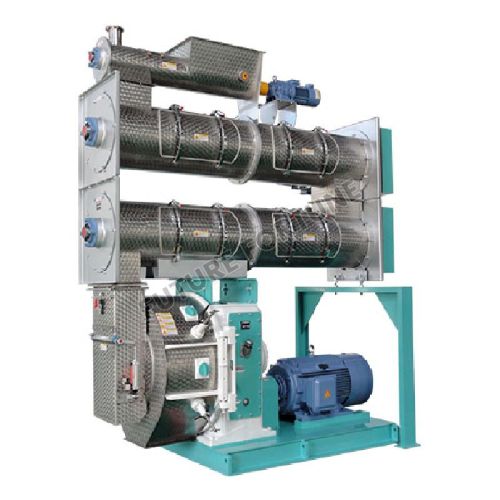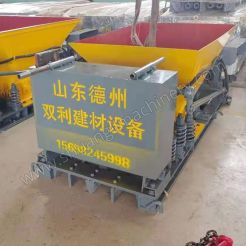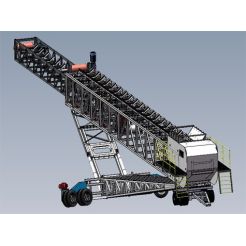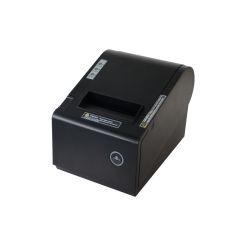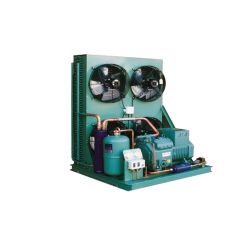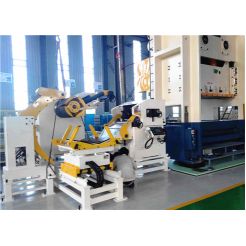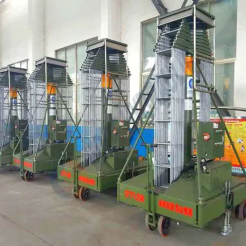chicken feed pellet maker
Product Description
https://www.pelletfeed.com/productstags/chicken-feed-pellet-machine.html
Chicken Feed Pellet Machine
An increasing quantity of poultry farmers are asserting that companies selling feed for broiler chickens are imposing exorbitant prices, causing farmers to incur losses when selling their poultry. Consequently, a trend towards producing poultry feed independently is gaining momentum. If you're wondering how to embark on this journey, including the composition of chicken feed and the necessary equipment for pelletizing feed, along with key considerations for producing top-notch chicken pellets, and the process of selecting the appropriate feed pellet machine, I'm here to provide you with comprehensive answers!
Chicken feed pellet machine process
A chicken feed pellet machine is a mechanical device designed to process raw ingredients into compacted pellets that serve as nutritionally balanced and easy-to-consume feed for chickens and other poultry. This machine is commonly used in the agricultural industry to efficiently produce high-quality feed for poultry farms.
Feed pellet process typically involves the following steps:
Raw Material Preparation: Different types of ingredients are selected based on their nutritional content and suitability for chicken feed. These can include grains, legumes, protein sources, vitamins, minerals, and additives.
Grinding: The raw materials are ground into a fine powder to ensure uniform mixing and improved pellet quality.
Mixing: The ground ingredients are thoroughly mixed to create a consistent blend of nutrients. This step ensures that each pellet contains a balanced combination of proteins, carbohydrates, fats, vitamins, and minerals.
Pelletizing: The mixed material is fed into the pellet machine, which uses mechanical pressure and heat to compress the mixture into dense pellets. The pellets are formed by forcing the material through small holes in a die.
Cooling: The freshly formed pellets are hot and moist. They are passed through a cooling system that reduces their temperature and moisture content, making them more durable and preventing spoilage.
Sieving: After cooling, the pellets are screened to remove any fines or irregularly shaped pellets, ensuring a uniform size and texture.
Packaging: The final pellets are ready for packaging. They can be stored in bags, bins, or containers for distribution and use on poultry farms.
Benefits of using a chicken feed pellet machine include improved feed efficiency, reduced waste, enhanced digestibility for chickens, and the ability to easily incorporate various ingredients to meet specific nutritional requirements.
Raw Materials for Chicken Feed Pellets
Corn: A primary source of energy in poultry diets due to its high carbohydrate content.
Soybean Meal: A significant protein source that provides essential amino acids.
Wheat: Another source of energy and carbohydrates in the feed.
Sorghum: A grain alternative to corn, providing energy and nutrients.
Barley: Offers energy and fiber to the diet.
Oats: Adds fiber and some energy to the feed.
Fish Meal: A high-quality protein source that also provides essential fatty acids.
Canola Meal: A protein-rich ingredient with good amino acid profile.
Cottonseed Meal: Another plant-based protein source.
Sunflower Meal: Provides protein and essential amino acids.
Rice Bran: Adds energy and some fiber to the diet.
Peas: A source of protein and energy.
Limestone: Supplies calcium for bone health and eggshell formation.
Dicalcium Phosphate: Provides additional phosphorus and calcium.
Salt: Essential for electrolyte balance and overall health.
Vitamins and Minerals: Pre-mixes are added to ensure proper vitamin and mineral content.
Enzymes: Added to aid in digestion and nutrient utilization.
Methionine and Lysine: Amino acids often added to balance the protein profile.
Sodium Bicarbonate: Used to maintain proper pH levels in the digestive tract.
Molasses: Sometimes used for flavor and to improve pellet quality.
Chicken Feed Pellet Formula
Crude Protein (Min) 16.5%
Lysine (Min) .7%
Methionine (Min) .2%
Crude Fat (Min) 3%
Cruder Fiber (Max) 5%
Calcium (Min) 3.5% (Max) 4%
Phosphorus (Min) .5%
Salt (Min) .2% (Max) .4%
